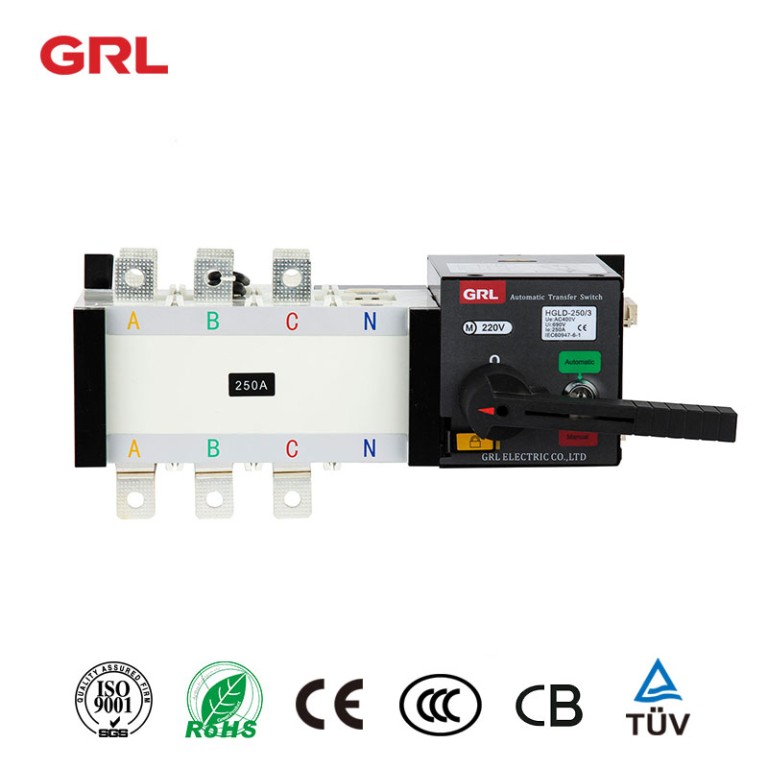Advanced Training Strategies for Elite Athletes

# Advanced Training Strategies for Elite Athletes
## Introduction
Elite athletes constantly push the boundaries of human performance, and their training methods must evolve to match their ambitions. Advanced Training Strategies (ATS) have become essential tools for coaches and athletes seeking that extra edge in competition. This article explores cutting-edge approaches that separate good athletes from truly exceptional ones.
## Periodization 2.0: Beyond Traditional Models
Modern periodization has moved far beyond simple linear models. Contemporary ATS incorporates:
– Block periodization for targeted adaptation
– Conjugate sequencing of complementary qualities
– Fluid microcycles that adapt to athlete feedback
– Integrated recovery protocols within each phase
“The most effective programs blend science with individual responsiveness,” notes Dr. Elena Petrov, sports physiologist at the Olympic Training Center.
## Neuro-Athletic Training
Emerging research highlights the critical role of the nervous system in peak performance. Key elements include:
Brain-Performance Connection
Specific drills that enhance:
- Decision-making speed under fatigue
- Pattern recognition in dynamic environments
- Proprioceptive acuity at competition intensity
Visual Training Systems
Advanced technologies like:
- Strobe glasses for reaction training
- Virtual reality sport-specific scenarios
- Eye-tracking analysis of visual focus patterns
## Metabolic Flexibility Programming
Today’s elite athletes train their energy systems to switch seamlessly between pathways:
| Energy System | Training Focus | Recovery Protocol |
|---|---|---|
| Phosphagen | Max power output | Active restoration |
| Glycolytic | Repeat sprint ability | Contrast water therapy |
| Oxidative | Sustained endurance | Compression modalities |
## Recovery as Training
The most overlooked ATS component is systematic recovery. World-class programs now feature:
– Biometric sleep optimization
– Nutritional timing algorithms
– Cold-thermogenesis protocols
– Neural reset techniques
“Recovery isn’t passive – it’s active preparation,” emphasizes Coach Mark Williams of the Australian Institute of Sport.
## Technology Integration
Modern ATS leverages cutting-edge tools:
Wearable Analytics
Real-time monitoring of:
- Muscle oxygenation levels
- Neuromuscular readiness
- Metabolic strain indicators
Biomechanical Feedback
3D motion capture systems providing:
- Movement efficiency scores
- Force production analytics
- Injury risk assessments
## Conclusion
Implementing Advanced Training Strategies requires a sophisticated understanding of human performance, individualized programming, and constant adaptation. The athletes and coaches who master these approaches will define the future of elite sports performance. As the field evolves, the integration of physiological, neurological, and technological elements will continue to push athletic potential to new heights.
